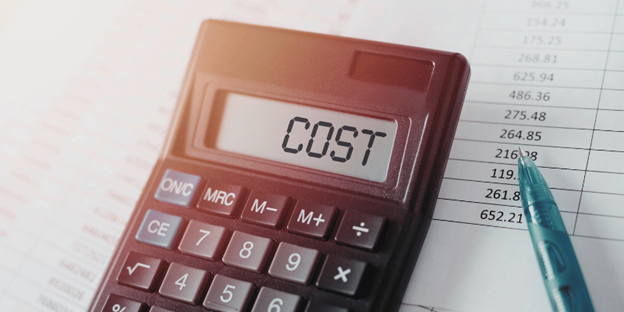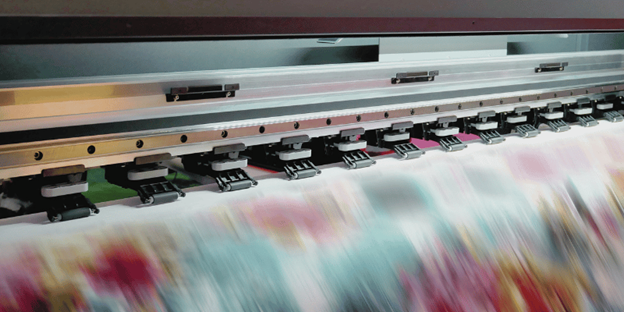
In-house printing costs for transactional communications increase every year. As volume decreases, your expenses don’t. But do you know the real cost you’re paying to keep your in-plant running?
Budget lines may not always uncover every dollar you spend on these operations. A careful review of this can lead you to assess if outsourcing is a better business model.
The Real Printing Costs of In-Plants
You have to evaluate all expenses when running an in-plant. Then, compare them to pricing from an outsourcing partner. Let’s look at how all those costs add up.
Material Costs: Your Volume Won’t Deliver Savings
To run an in-plant, you’ll need paper, ink, toner, and other materials. Because your volume is decreasing and not at the level of commercial printers, you’ll pay a premium.
Although paper is a commodity, it continues to be more expensive unless you buy it in bulk and standardize its usage. We’re able to do this because we print billions of documents every year. We also use the White Paper Factory (WPF) framework, which is the process of feeding large reams of white paper into printers and then printing dynamically each individual communication.
It would be impossible for you to gain the tier of pricing that professionals have. Thus, this expense will continue to increase and take bigger bites of your budget.
Equipment and Technology Costs: Upgrading and Maintenance Are Expensive
The latest and greatest equipment and technology support automation, quality, accuracy, and compliance. You’ll have to continue to upgrade it to keep the same level of efficiency you have now. Additionally, you must invest in technology infrastructure for security reasons and maintain equipment for its best performance.
Thus, you have capital and operating expenses. Machinery only lasts about five years, so you’ll have to make six- or seven-figure investments.
When you outsource, these printing costs disappear from your balance sheet. You can then redirect that money into paying a provider a monthly fee as well as to other parts of your business.
 Labor Costs: Your Biggest Expense
Labor Costs: Your Biggest Expense
You need skilled labor to run an in-plant, and these employees will require competitive wages. It may also be hard to recruit and retain these folks. Any turnover adds more costs here and impacts productivity.
When you outsource, this is another cost that you eliminate. You can reallocate these resources to your core competencies and stop the cycle of constant recruitment for these positions.
Postage Rates: You Can’t Get the Pricing Commercial Printers Do
Postage costs continue to increase, as the USPS typically raises rates twice every year. Even with substantial volume, you won’t get the best deal.
The key to gaining the best discounts has a lot to do with volume and other optimizations. We are able to get the best rates because we:
- Use the USPS Intelligent Mail Barcode (IMb) to ensure the best automation rate.
- Leverage high-volume presorting.
- Commingle letters to further sort them.
- Apply address hygiene tools to correct bad addresses and remove duplicates.
- Make recommendations for mail standardization.
Overhead Costs: The Space Itself Is a Big Expense
The last area of costs includes everything to run an in-plant that’s not technology, equipment, labor, postage, or materials. You have the cost of the space, whether leasing or owning. There are also utilities and building maintenance. Security will be another budget line for things like cameras and access controls.
This category gets wiped from your budget as well when you outsource. Eliminating this gives you more money to invest elsewhere.
Are Your Printing Costs Becoming Unsustainable?
Printing costs include so many areas, and many are indirect. Controlling these is impossible if print and mail aren’t your primary business operations. They are ours, and you can expect five- to six-figure savings annually. Plus, you get a partner dedicated to quality, accuracy, and compliance.
Learn how we decrease costs while enhancing processes by requesting a consultation.


